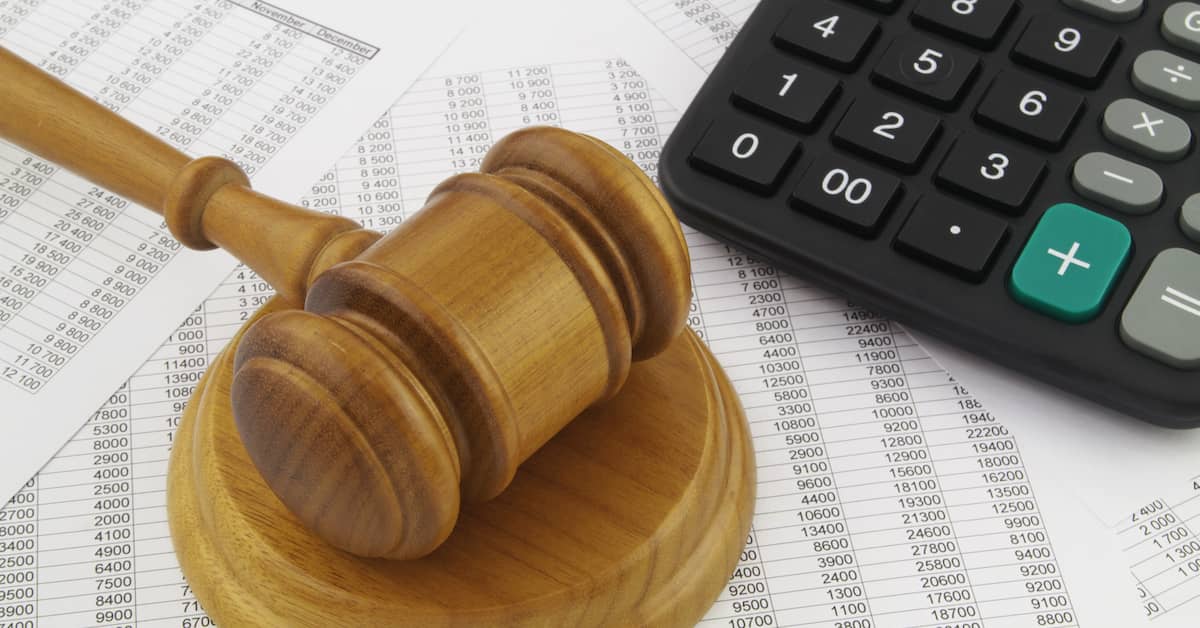The Basic Principles Of Securities Fraud Class Actions
Wiki Article
Little Known Facts About Securities Fraud Class Actions.
Table of ContentsThe Only Guide for Securities Fraud Class ActionsSecurities Fraud Class Actions Fundamentals ExplainedAll about Securities Fraud Class ActionsSecurities Fraud Class Actions Things To Know Before You Get This
A crucial requirement of the presumption is that a claimed falsehood has to have actually had some effect on the rate of the protection traded by the plaintiffs; otherwise, the complainant can not be said to have counted on the fallacy, also indirectly. According to Basic, an accused can rebut the anticipation by revealing that there was no such rate effect, therefore "cut [ing] the link" between fallacy and rate.In between 2002 and 2004, almost fifty percent of all pending class actions in federal courts were safeties associated. One more surge is now underway. Considering that 2012, securities-fraud suits have actually gradually enhanced yearly; most recently, there was a 7. 5% year-over-year increase in 2016 and an additional 15. 1% dive in 2017.
The PSLRA raised pleading criteria and included numerous various other reforms; significantly, the initial draft of the Act would certainly have eliminated the Basic presumption entirely. Nevertheless, while the PSLRA did lower unimportant lawsuits to some extent, the proceeding surge in securities-fraud class actions suggests that excessive litigation continues to be a serious problem.
At a minimum, then, there seems assistance in the courts, the academy, and the legislature for both (1) reducing meritless securities-fraud filings and (2) guaranteeing that such cases, once filed, do not survive the motion-to-dismiss or class-certification phases of lawsuits. A chance to attain one or both of these objectives via judicial treatment developed in Halliburton II.
Rumored Buzz on Securities Fraud Class Actions
Halliburton II: The Supreme Court's Action to the Rise Halliburton II noted the second time that the long-running course action versus Halliburton Co. for supposed safety and securities scams then in its thirteenth year had been prior to the High court. In 2011, the events had clashed over whether complainants should confirm loss causation before or after class certification.Regarding the first concern, the Court decreased to void Standard - Securities Fraud Class Actions. Composing for the bulk, Chief Justice Roberts kept in mind that look decisis counsels against reversing time-honored precedent like Standard without "special reason"; Halliburton's debates did not satisfy this requiring requirement. Halliburton fared better relative to the 2nd question: the Court held that the Basic assumption can be rebutted before class accreditation
He assumed a contrary ruling would certainly be strange since the similar evidence that accuseds would certainly introduce to show that there was no cost influence was already admissible before course accreditation in order to respond to a component of the Standard anticipation. If the evidence failed to respond to that component of the assumption but did confirm that there had been no cost effect, an area court would certainly need to blind itself to this fact and certify the class under the fraud-on-the-market theory, although the concept was clearly not relevant.
In answering the two concerns offered, Principal Justice Roberts was mindful to stay clear of tipping right into the spirited plan discussion over 10b-5 class actions. Halliburton did attempt to raise policy problems for instance, that securities-fraud class actions might "permit complainants to obtain huge negotiations. for meritless cases." Yet the Principal Justice stated that these types of worries were "a lot websites more properly dealt with to Congress," mentioning that Congress had proven itself going to reply to "regarded misuses" of 10b-5 class actions by enacting the PSLRA.
How Securities Fraud Class Actions can Save You Time, Stress, and Money.
He would certainly have overthrown the Standard presumption, which in his sight has led to "an unrecognizably wide source of action prepared made for course qualification" that is inconsistent with both the financial literary works and the Court's subsequent class-certification caselaw. Doubting that a possibility for pre-certification reply would complete a lot, Justice Thomas competed that as an useful issue reply had therefore far shown virtually impossible and would certainly continue to be so even if enabled before course certification.Commentators and sound judgment alike recommended that by managing offenders an opportunity to defeat meritless insurance claims prior to a course was licensed (and prior to the stress to resolve became overwhelming), Halliburton II would allow those meritless claims to actually be defeated at a meaningful rate. This Part suggests that Halliburton II's guarantee was an illusion and might have been determined as such on the day that the decision was issued, for one easy reason: the price-maintenance theory.

In theory, the price influence to be rebutted can appear in two ways. The initial supposed "front-end" read cost impact is obvious: a misstatement can trigger a shift in market assumptions concerning a safety and security and trigger a prompt swing in its cost. For instance, presume the market anticipates a company to gain profits of $100, the company in fact does earn $100, yet the CEO lies and reports revenues of $125.
Because the marketplace's expectations were fulfilled, the rate of the business's supply must remain steady at the pre-misrepresentation standard. The price-maintenance theory holds that there is cost influence, because the misstatement prevented the market cost from dropping as it would certainly have if the CEO had actually informed the truth. Right here, also, inflation will certainly dissipate when a corrective disclosure leads the market to include the fact into the market rate.
Securities Fraud Class Actions for Dummies
Rather, offenders have to reveal that none of the cost motion on the date of an alleged corrective disclosure was related to the disclosure. This is an uphill struggle. There will certainly often be some cost motion on that date, due to the fact that complainants commonly submit 10b-5 fits following a substantial rate adjustment you could look here declaring it was the result of a rehabilitative disclosure.

Report this wiki page